
Released on Sunday, the survey said that the disparity left the poorest segments of society with insufficient funds for other basic needs. According to Dr Salman Shah, former adviser to the prime minister on Finance and former finance minister, the trend was a “normal global phenomenon”.
The survey, conducted by the Federal Bureau of Statistics, endorsed views held by economists who believe that the policies of the Shaukat Aziz-led government had widened the rich-poor divide and increased consumption inequality among various income groups.
The survey said that the poorest 20 per cent spent less than two per cent on education against six per cent spent by the richest 20 per cent.
Its findings also suggested that the poorest one-fifth households spent just 0.2 per cent of their total income on recreation and entertainment against one per cent spent by the richest one-fifth households.
An average household, it said, spent 0.5 per cent of its income.
Statistics showed that out of every Rs100, almost all households spent on an average Rs44 on food, beverage and tobacco and less than Rs4 on education.
Consumption patterns differed among various income classes in accordance with their needs and preferences. People with lowest incomes accorded a greater priority to wheat, milk, ghee sugar and vegetables, the survey said.
The richest people, it said, had different priorities. They spent more on milk, wheat, vegetables, fruits, mutton, beef, sugar and chicken.
According to the survey, the poor spent 68.5 per cent of their income on five major food items, while the rich spent 46.5 per cent. The lowest income group spent about one-fourths of their total income on wheat against about 15 per cent spent by the rich.
The richest households spent a little over 17 per cent of their incomes on milk against more than 20 per cent by the poorest. The consumption pattern for different commodity groups showed a consistent rising trend between 2005-06 and 2007-08. While the food expenditure was relatively high in contrast with other commodity groups at the national level, it also increased over the same period.
Further analysis showed that expenditure on apparel, textile, and footwear decreased since 2004-05, while consumption expenditure on transport and communication, recreation and entertainment and education slightly increased against figures for 2004-05.
After food, rent was the second major item, which consumed about 15 per cent of total household income in 2008.
The poorest 20 per cent households spent less than 10 per cent on rent in contrast to almost one-fifth by the richest.
An average household, the survey suggested, spent about 12 per cent on rent.













1678644860-0/image_2023-03-12_23_08_11-(1)1678644860-0-270x192.webp)
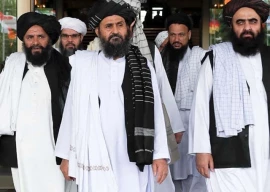
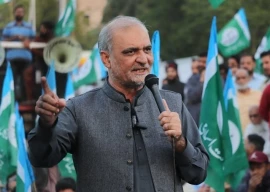
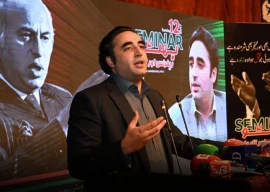
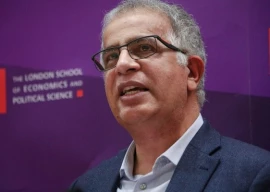
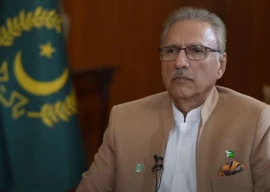





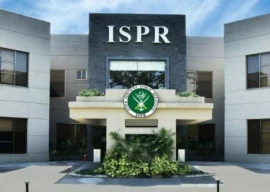





COMMENTS (2)
Comments are moderated and generally will be posted if they are on-topic and not abusive.
For more information, please see our Comments FAQ